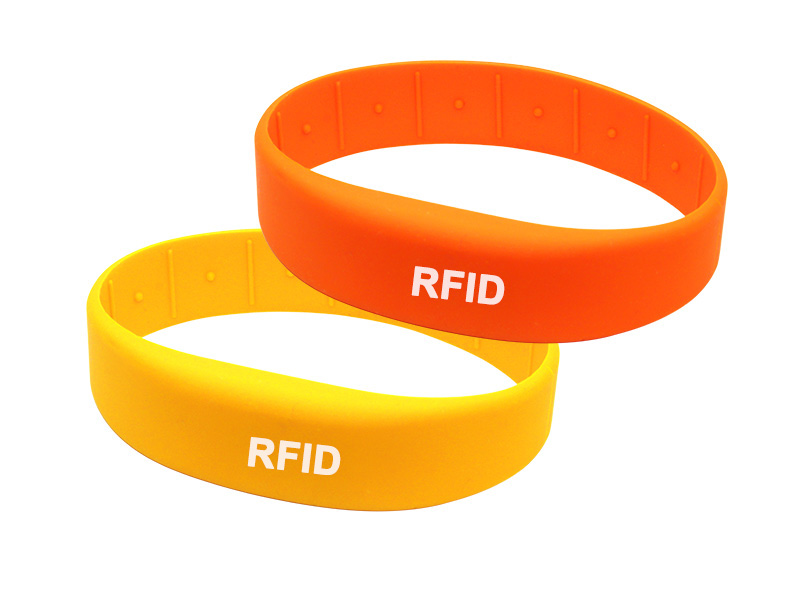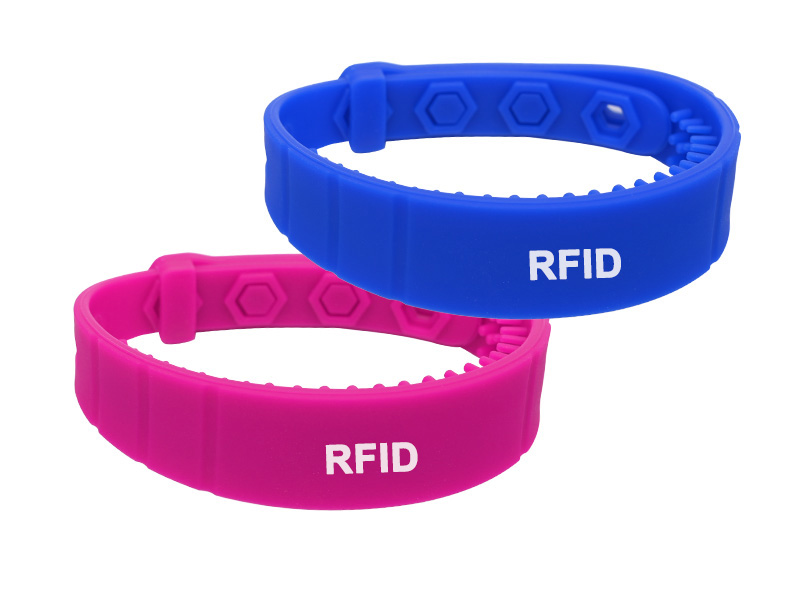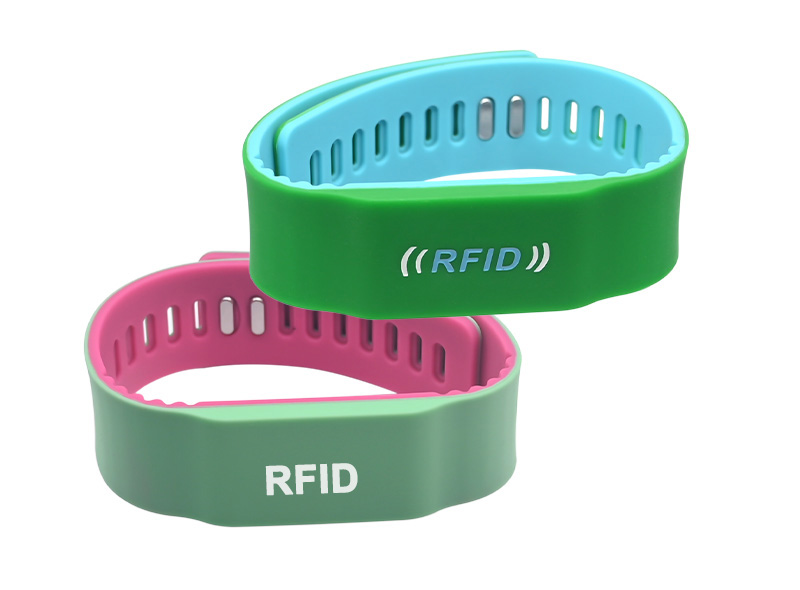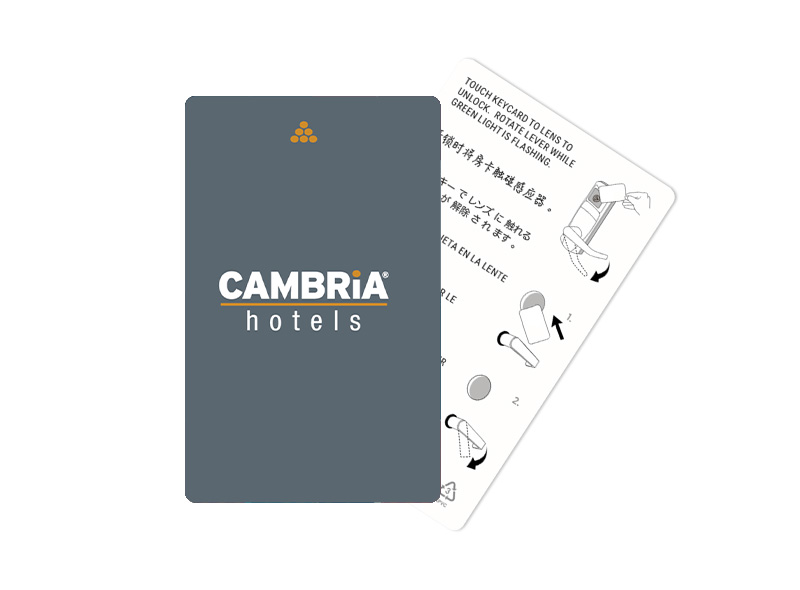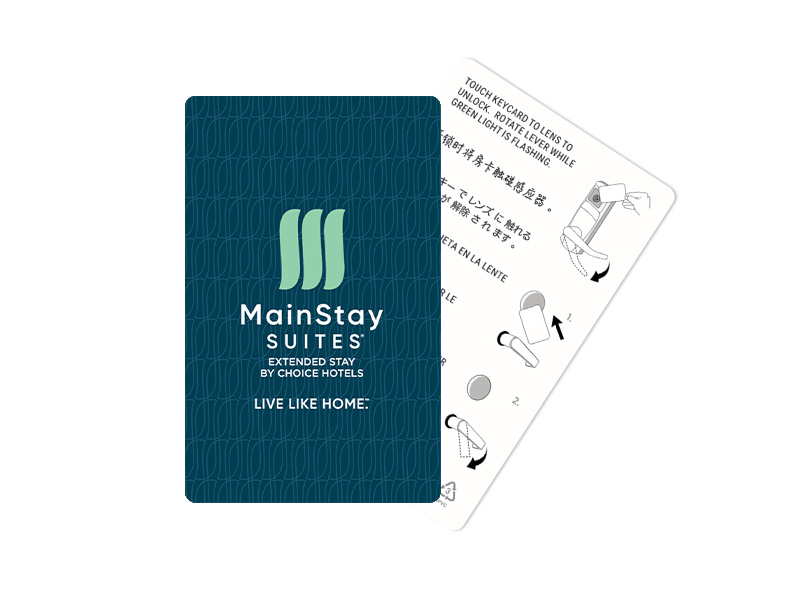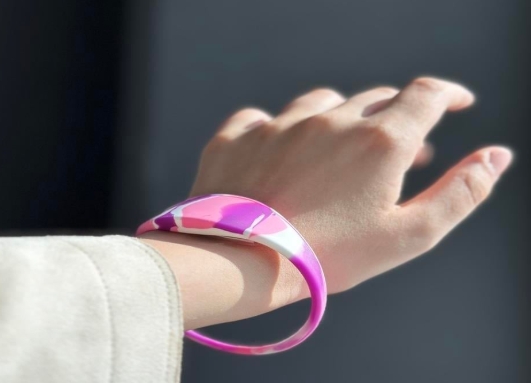What Is an RFID Card and How Does It Work?
Everything You Need to Know About RFID Cards: Features, Functions, and Customization
RFID cards have revolutionized how we access, track, and secure information in today's digital age. Whether you're entering a building, tapping for payment, or tracking assets, RFID cards are quietly doing the heavy lifting behind the scenes. Let's break down what they are, how they work, and why they matter.
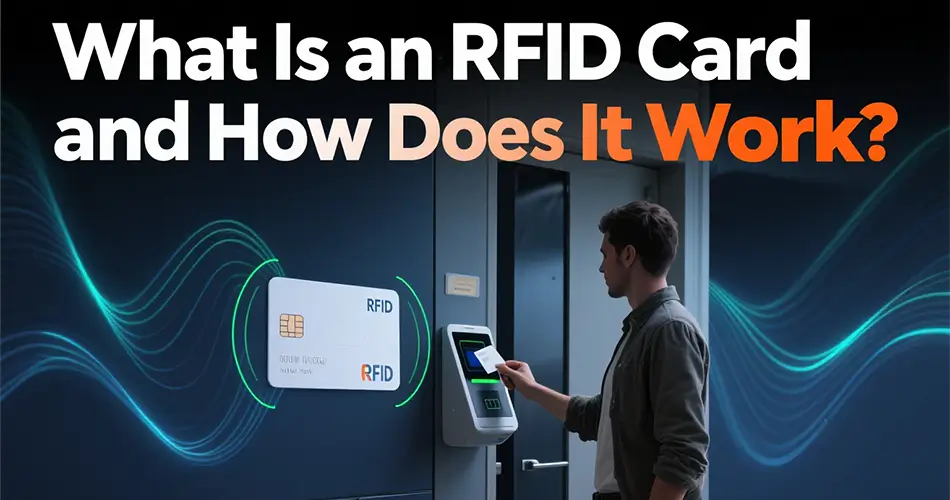
What is an RFID Card?
RFID stands for Radio Frequency Identification. An RFID card is a contactless smart card that uses radio waves to communicate with an RFID reader. These cards contain a small chip and antenna that allow them to transmit data wirelessly over short distances.
What Can RFID Cards Do?
RFID cards are incredibly versatile. They are used in:
- Access control (buildings, offices, hotels)
- Public transportation systems
- Cashless payment systems
- Student or employee ID cards
- Library and asset tracking
- Membership and loyalty cards
By automating identification and verification processes, RFID cards save time, reduce human error, and increase security.
How Does RFID Card Work?
RFID cards operate through electromagnetic fields. Here's a simple breakdown:
- The RFID card contains a microchip and antenna.
- An RFID reader emits a radio signal.
- When the card enters the signal range, it responds by sending data stored on its chip.
- The reader receives and interprets this data, triggering actions like unlocking a door or recording attendance.
Passive RFID cards (the most common type) don't have a battery—they're powered by the reader's signal.
Types of CXJ RFID Cards
At RFIDSilicone, we offer a wide variety of RFID cards for different industries and needs:
- PVC RFID Cards – Great for membership and ID cards.
- ABS RFID Key Cards – Durable and waterproof, perfect for hotels and gyms.
- Epoxy RFID Cards – Sleek design with full-color printing.
- Wooden RFID Cards – Eco-friendly, elegant, and customizable.
- Contactless Smart Cards – For secure payment and identification.
All our cards support popular chip types such as LF (125kHz), HF (13.56MHz), and UHF (860~960MHz).
Benefits of RFID Cards
Why are RFID cards so widely used? Here are the core advantages:
- Contactless convenience
- Fast data transfer
- Enhanced security
- Durable and weather-resistant
- Low maintenance
- Custom branding possibilities
- Scalable and compatible with various systems
How to Customize Your RFID Cards
Customization isn't just about looks—it's about function and brand identity. Here's how you can get the perfect RFID card:
- Choose the right chip type: LF, HF, or UHF depending on your application.
- Decide the material: PVC, PET, ABS, wood, or epoxy.
- Pick the printing style: Silk screen, offset, laser engraving, or UV printing.
- Add personalization: Numbering, barcode, magnetic stripe, signature panel, etc.
- Select card size and shape: Standard or custom die-cut shapes.
Need help choosing? Our team offers free consultations and sample cards tailored to your project.
Wholesale RFID Cards — Find a Reliable RFID Tag Factory
Looking for a long-term supplier or bulk order pricing?
HUIXIN is a direct factory specializing in custom RFID solutions for global brands. We offer:
- Competitive wholesale pricing
- Fast lead time
- Quality assurance (ISO-certified)
- OEM/ODM services
- Free design support
Contact us today for a free quote and samples.
FAQs of RFID Cards
Q: What’s the difference between RFID and NFC cards?
A: NFC is a subset of RFID technology (specifically HF at 13.56MHz) that allows two-way communication. RFID is often one-way.
Q: Can RFID cards be hacked?
A: Basic RFID cards can be cloned, but high-frequency encrypted cards (like MIFARE DESFire) offer strong security features.
Q: How long do RFID cards last?
A: Typically 3-10 years depending on usage and material.
Q: Are RFID cards waterproof?
A: Yes—especially ABS and epoxy cards designed for rugged environments.
Q: Can I get custom shapes or logos?
A: Absolutely. From round coins to wristband-style cards, we support full customization.
Need help selecting the right RFID card for your business or project?
Contact us or browse our full catalog


